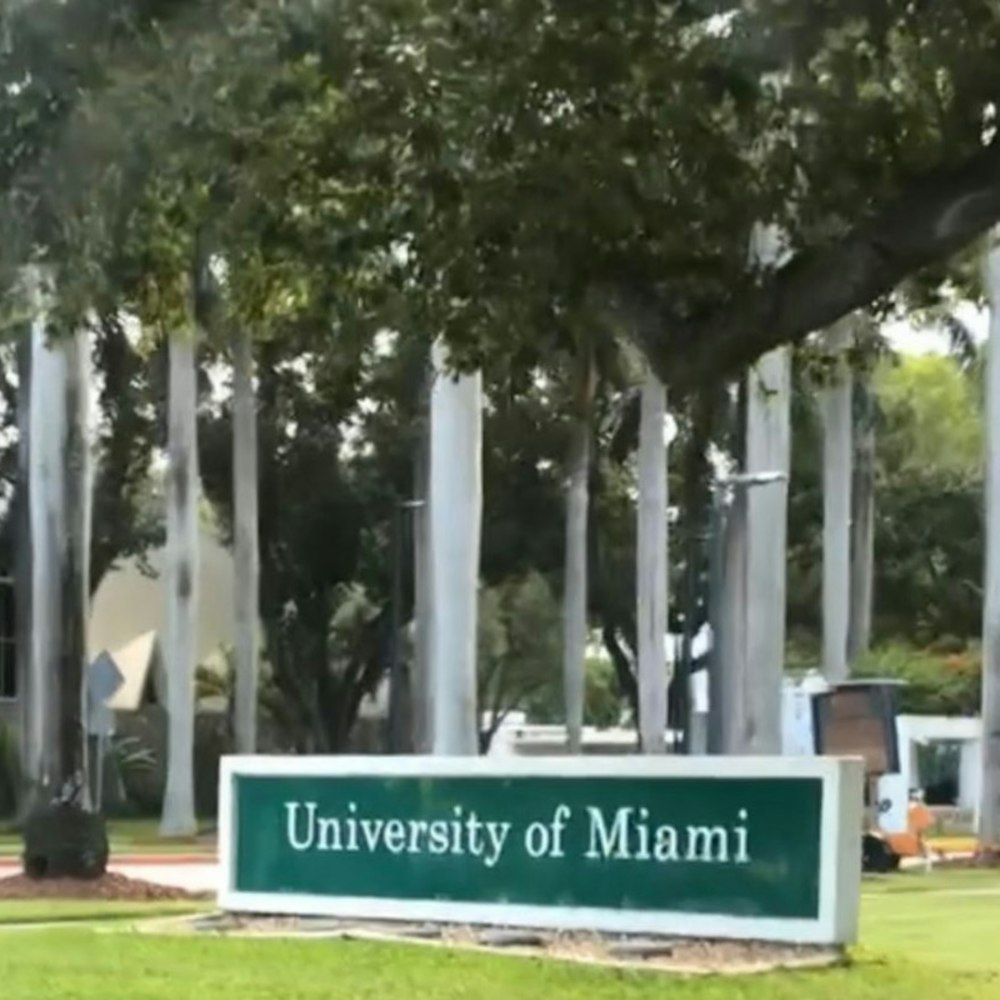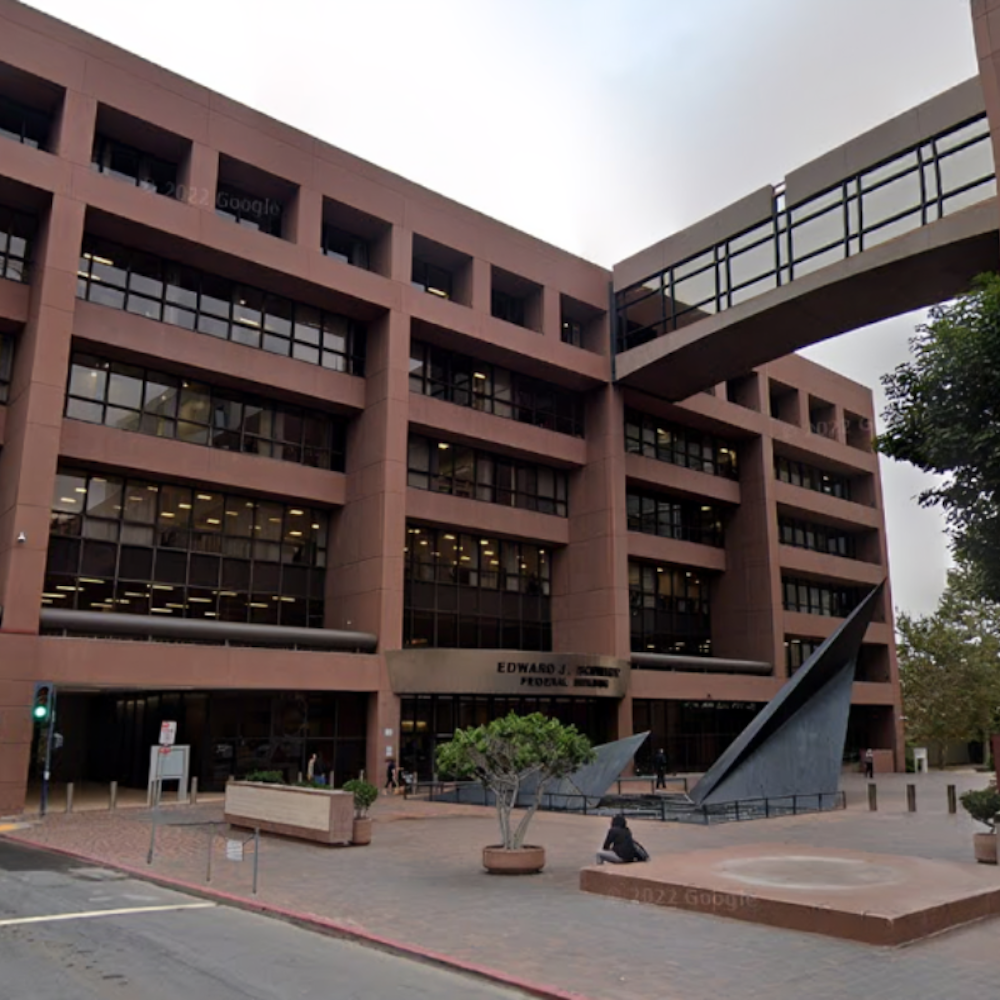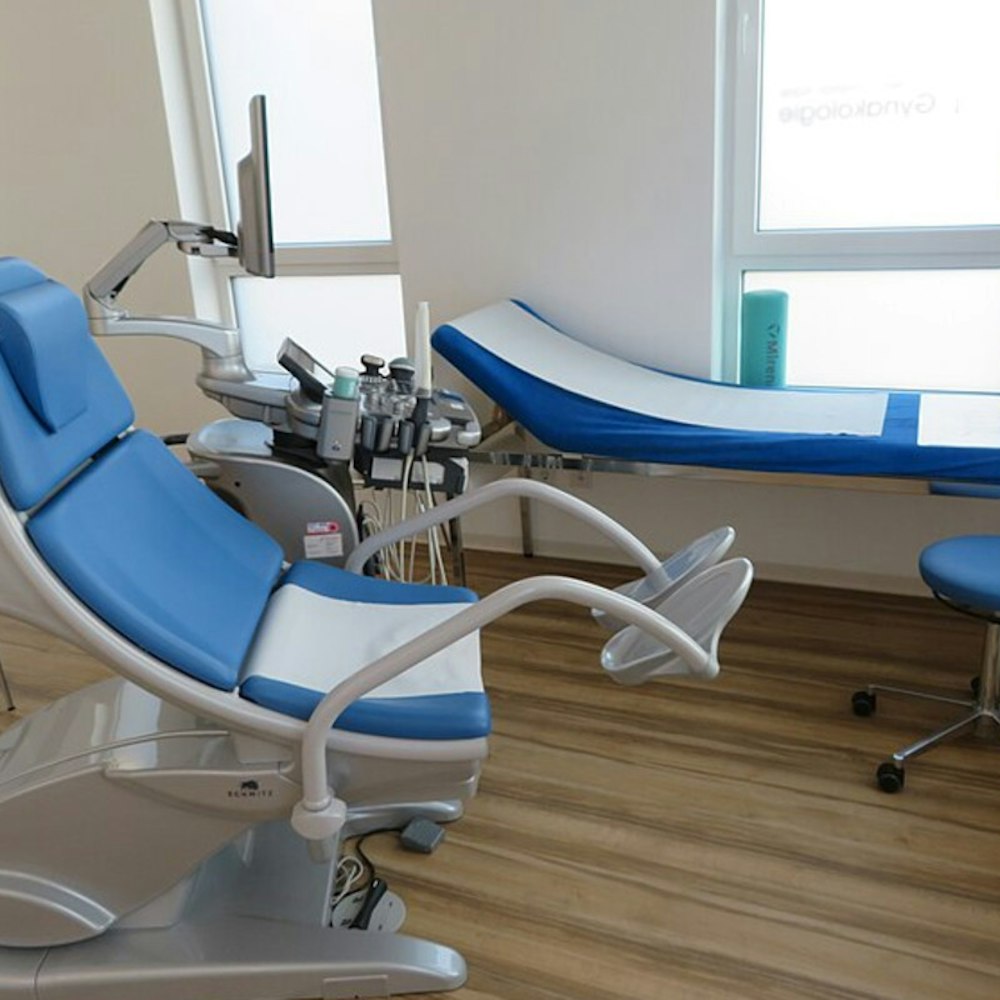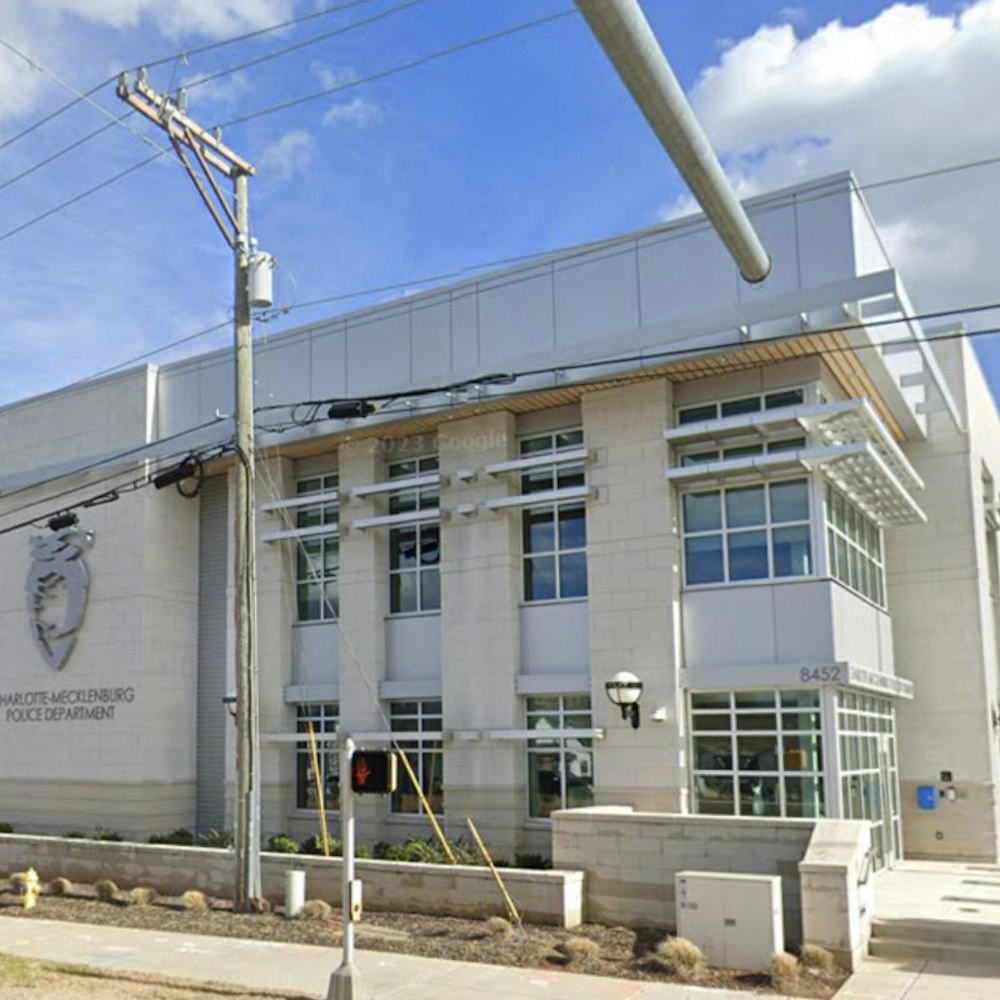
Robotics research from the University of Massachusetts Amherst could herald significant advancements in the fields of manufacturing, agriculture, and warehouse automation. A team led by Hao Zhang, associate professor and director of the Human-Centered Robotics Lab, has developed a method that allows robotic teams to coordinate more efficiently, paving the way for robots to complete tasks more swiftly by working together.
Common robotics wisdom has been split, should the future hold a singular, versatile humanoid robot or multiple specialized machines programmed for collaboration? UMass Amherst researchers lean toward the latter, and their work on robotic collaboration was recently celebrated as a finalist for the Best Paper Award on Multi-Robot Systems at the IEEE International Conference on Robotics and Automation 20205. Their approach, called learning for voluntary waiting and subteaming (LVWS), teaches robots to create their own teams, and, if necessary, wait for each other.
This approach, according to Zhang, addresses the issue of large-scale tasks—those that would require the combined efforts of several robots. "Robots have big tasks, just like humans," Zhang told the University of Massachusetts Amherst. "For example, they have a large box that cannot be carried by a single robot. The scenario will need multiple robots to collaboratively work on that."
The concept of voluntary waiting is pivotal to the LVWS strategy, where a robot may delay its task in anticipation of another, thus optimizing the team's effectiveness. Williard Jose, doctoral student and study co-author, explains, "Instead of that big robot performing that task, it would be more beneficial for the small robot to wait for the other small robot and then they do that big task together because that bigger robot’s resource is better suited to do a different large task," as stated by the University of Massachusetts Amherst. This strategy, despite its counter-intuitive nature of incorporating delays, has proven to yield close to optimal results in benchmark simulations.
While it might seem self-evident to simply implement the 'perfect' solution for collaborative tasks, the necessity of a scheduler like LVWS becomes clear with the impracticality of calculating exact solutions for larger numbers of robots and tasks within a reasonable timeframe. In test scenarios, the efficiency of the LVWS method was underlined by its 0.8% suboptimality rate, which was remarkable when compared to other methods, which ranged from 11.8% to 23%. Such efficiency gains are not only theoretical; in models using 100 tasks, LVWS outperformed all other compared models considerably, completing tasks in only 22 time steps.
Hao Zhang sees a promising future for collaborative robot teams, particularly in settings where scale is a factor, suggesting that while a humanoid robot might be best suited for a private home, "multi-robot systems are better options for a large industry environment that requires specialized tasks," according to the University of Massachusetts Amherst. It's noteworthy that the research backing such advancements has been supported by influential institutions like DARPA and the U.S. National Science Foundation, indicating a strong vote of confidence in this endeavor to synchronize steel and circuit into productive harmony.
-1.webp?w=1000&h=1000&fit=crop&crop:edges)








